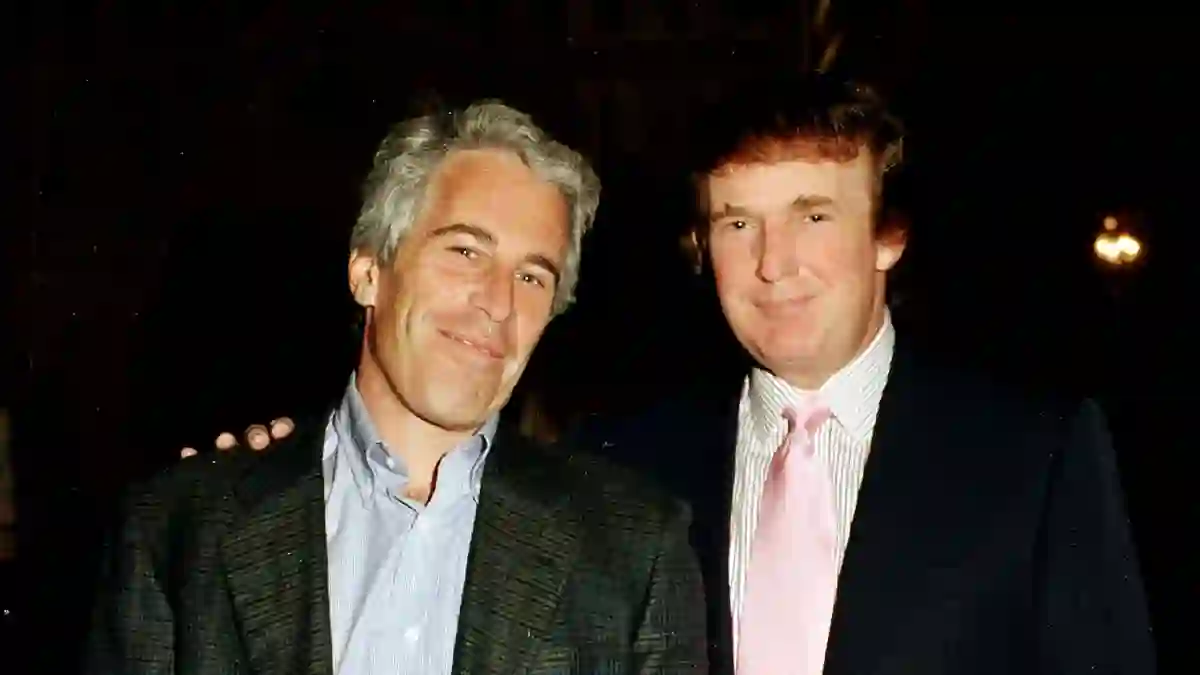More than five years after Jeffrey Epstein’s controversial death inside a Manhattan jail cell, fresh doubts are being raised—again.
This time, it’s not just about what happened that night, but whether the surveillance footage the government released to silence speculation was actually altered. Spoiler: forensic experts believe it was.
Surveillance Video Was Likely Edited, Experts Say
Last week, the Department of Justice released nearly 11 hours of surveillance footage from outside Epstein’s cell, calling it “raw” video.
But according to a detailed report by Wired, experts believe that footage wasn’t as untouched as claimed.
The analysis revealed that the video had been edited using Adobe Premiere Pro, a professional editing tool, before being uploaded online.
In fact, it was likely spliced together from at least two different source clips, saved and exported multiple times—raising serious questions about transparency.
A Missing Minute Fuels the Conspiracy Fire
One of the most glaring red flags? A one-minute jump in the timestamp exactly at midnight on August 10, the day Epstein died.
That missing minute exists not only in the “raw” DOJ clip but also in the “enhanced” version released later by the FBI.
Attorney General Pam Bondi tried to brush off concerns, saying the timestamp glitch is part of a nightly system reset at the prison.
“Every night the video is reset,” she explained, “and every night should have the same minute missing.”
That explanation, while procedural-sounding, did little to quiet critics.
Bondi Backpedals on Client List and Files
The skepticism doesn’t stop with the footage.
Earlier this year, Pam Bondi claimed on Fox News that she had a list of Epstein’s alleged accomplices “sitting on [her] desk.”
Fast-forward a few months, and that list suddenly doesn’t exist—according to the Justice Department.
Bondi later insisted she was “misled” about the contents of the Epstein-related files.
To make things worse, a long-awaited document release in February contained no new information, despite being hyped as revealing.
Trump Reacts With Dismissiveness
While campaigning, Donald Trump promised to declassify Epstein-related details, including the identities of his wealthy, well-connected associates.
But since the DOJ’s recent footage release, Trump has appeared indifferent.
When asked about the case during a recent press conference, Trump brushed it off with:
“Are you still talking about Jeffrey Epstein? That guy’s been talked about for years… and people are still talking about this creep?”
His dismissive tone hasn’t gone down well with some of his most loyal followers, especially those who believed the Epstein saga would finally get answers under his leadership.
Experts Say Footage Wouldn’t Hold Up in Court
According to Hany Farid, a digital forensics expert and professor at UC Berkeley, the DOJ’s released footage would never qualify as legitimate evidence in a courtroom.
The video’s metadata—essentially the DNA of a digital file—clearly shows signs of editing and reprocessing.
So whatever the DOJ’s intentions were, calling it “raw” doesn’t hold up under scrutiny.
Government Agencies Point Fingers
When Wired pressed the FBI for comment on how the footage was handled, the agency referred the questions back to the DOJ.
The DOJ, in turn, redirected them to the Bureau of Prisons (BOP)—which hasn’t responded.
It’s a loop of finger-pointing that’s only making the public more suspicious.
The Epstein Saga Is Far From Over
It’s been six years since Epstein’s death, but the mystery surrounding it hasn’t faded—it’s only grown.
With questionable video evidence, conflicting government narratives, and an ever-elusive “client list,” this story is anything but closed.
And judging by public reaction, people aren’t ready to move on just because the government says, “case closed.”
